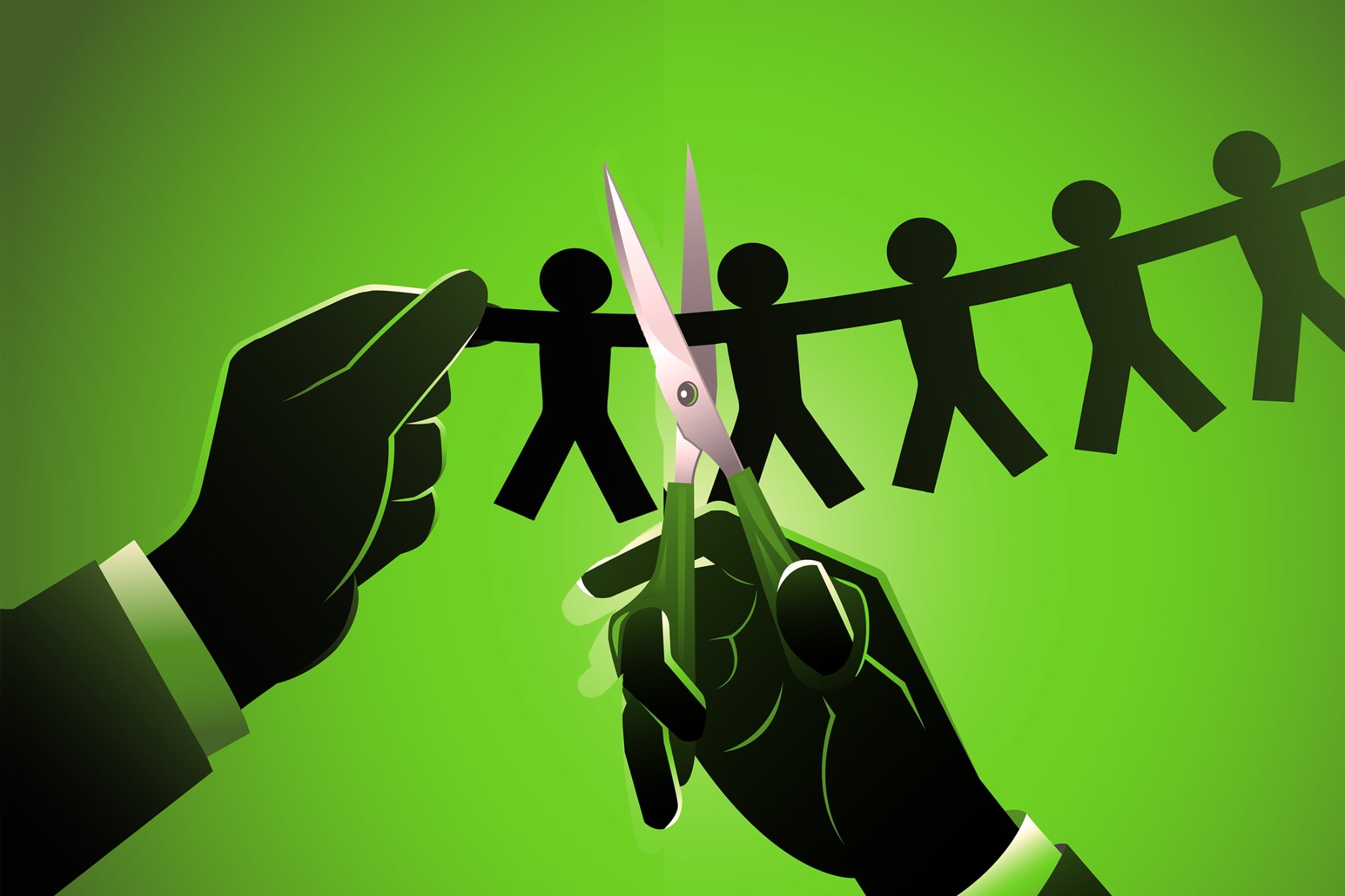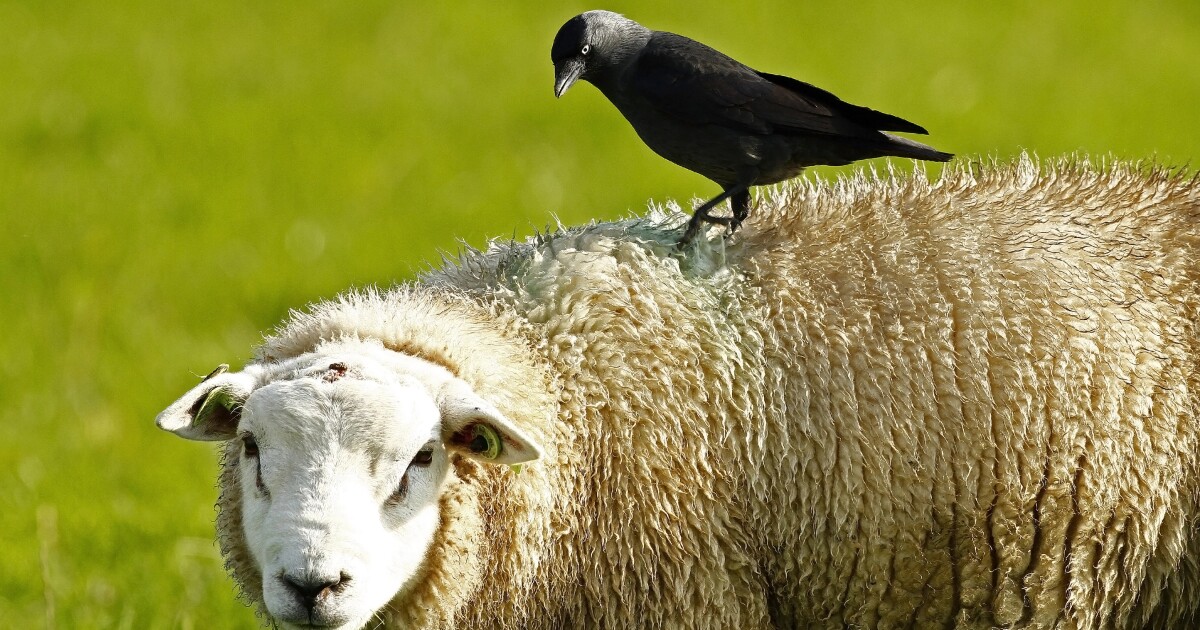In the largest study of its kind, scientists have accurately documented the massive change in animal morphology over the last 1,000 years, with domesticated animals growing larger across the board and their wild relatives becoming smaller. It underlines the true impact of one species in particular – us.
Researchers at the University of Montpellier looked at more than 225,000 bones from 311 archaeological sites across Mediterranean France, spanning a timeline of 8,000 years. From these expansive collections, the scientists compiled 3,858 records of measurements of length, width, and depth from bones and teeth. The samples covered wild species such as foxes, rabbits, and deer, as well as domesticated animals like goats, pigs, cattle, sheep and chickens.
What they found was a consistent divergence over time – but one that really accelerated in the last 1,000 years. Wild mammals and birds, both herbivores and carnivores, generally got smaller as human populations expanded, landscapes became more fragmented and hunting pressure increased. In contrast, domestic species grew progressively larger, due to selective breeding favoring animals that could provide more meat, milk, wool, strength or companionship. These parallel trends became especially sharp after around 1,000 years ago, coinciding with surges in agriculture, urbanization and trade networks.
“Our analyses reveal a long-standing synchrony between wild and domestic species until the last millennium, both influenced by a complex interplay of environmental and anthropogenic factors,” the researchers noted. “From the Early Neolithic to the Roman period, environmental conditions exerted comparable effects on wild and domestic species, though the magnitude and timing of changes varied, reflecting species-specific interactions with humans.”
Because of complex ecosystems and inter-species interactions, this sort of change doesn’t happen in a vacuum. So the scientists also collected data on the environment across this 8,000-year period. They looked at climate, flora, human populations and land uses. Through this, modeling revealed the key trends and drivers behind how animals have become increasingly smaller and larger.
At the center of the change, not surprisingly, is our species. However, interestingly, the researchers found that climate change has not been the biggest driver of the changes.
While we’ve selectively bred cattle and chickens, for example, to hold more milk or produce more meat faster, we’ve simultaneously put increased pressures on wild animals, be it through habitat loss or overfishing and hunting. However, climate change is now accelerating changes. A 2024 study published in Nature Communications predicted that by 2050, tropical fishes will be 14-39% smaller due to “mass-scaling limitations of oxygen supply in larger individuals.” Essentially, fewer resources available to a species – particularly, food – results in lower energy uptake, so as well as fewer offspring, body size will also continue to shrink.
This is a trend seen throughout wildlife populations. The phenomenon of “micro-puffins” has emerged in Atlantic puffin (Fratercula arctica) colonies, where offspring are fed less food, so available energy for developing young becomes rationed, resulting in increasingly smaller birds. In 2024, scientists attributed this to warming waters resulting in less abundance of krill. There’s been an estimated 50% decline in surface krill abundance in the last 60 years – and this, coupled with energy constraints, means birds can’t significantly extend their foraging range to make up the deficit.
And for many migratory birds in general, a warming planet has seen seasons shift, with spring starting increasingly earlier each year. This means the seasonal blooms of insects like caterpillars – which offspring rely on at nesting colonies – have been and gone by the time the birds arrive.
According to a 2018 biomass study, which accounted for animal size as well as abundance, the total biomass of humans (~0.06 Gt C) and livestock (~0.1 Gt C) now vastly eclipses that of wild mammals (~0.007 Gt C). This means wild mammals now comprise only about 4% of total mammal biomass on Earth – with livestock accounting for an estimated 62% and humans 34%. And you don’t need to be an ecologist to know that this is not a sustainable model.
This French study demonstrates that today’s shrinking wild species and ballooning livestock aren’t isolated quirks – they’re part of a long trajectory of human-driven change. Body size is a master trait that affects everything from reproduction to food webs, so consistent shrinkage in the wild is a warning signal for biodiversity and ecosystem stability. At the same time, the steady growth of domestic species reflects our push for productivity but also highlights unsustainable demands for land, feed, and water. Put together, the data offers both a historical mirror and an important forecasting tool for ecologists – a way to see how human choices flow through animal biology and impact diversity – and serve as a reminder that conserving wild species and rethinking how we breed and raise domestic ones is more important than ever.
“From the Middle Ages onward, evolutionary trajectories diverged,” the researchers explained. “Domestic species experienced intensified human selection, while human activities increasingly impacted wild populations and their habitat. These findings highlight the dynamic and interwoven roles of environmental and anthropogenic factors in shaping animal morphological evolution, emphasizing the importance of environmental factors in the evolution of domestic species, and illustrating the growing impact of human activities on wild populations.”
The study was published in the journal the Proceedings of the National Academy of Sciences.
Source: University of Montpellier via the French National Centre for Scientific Research








